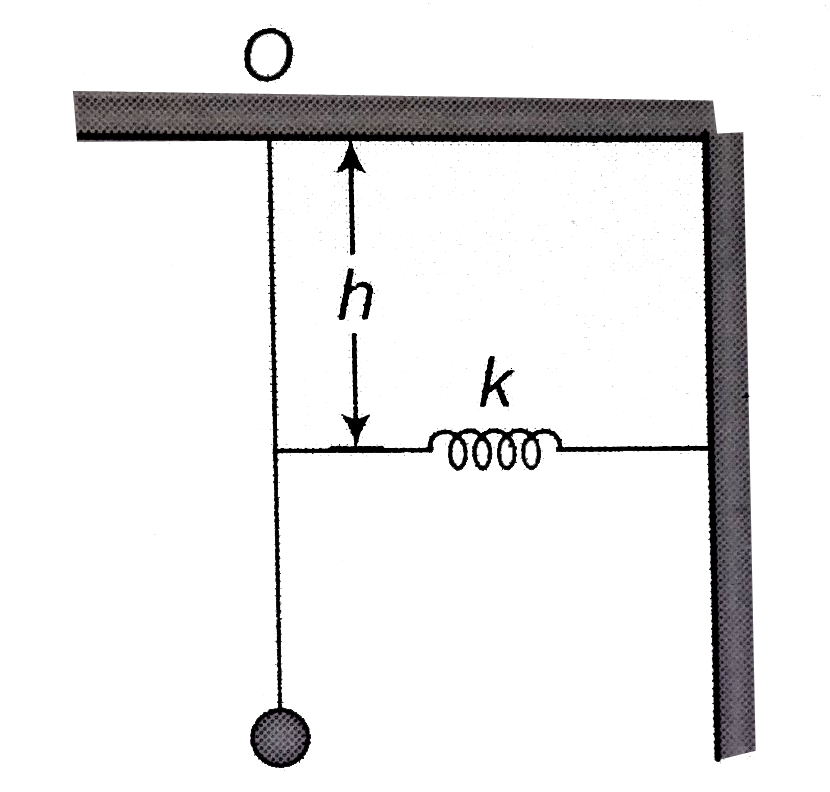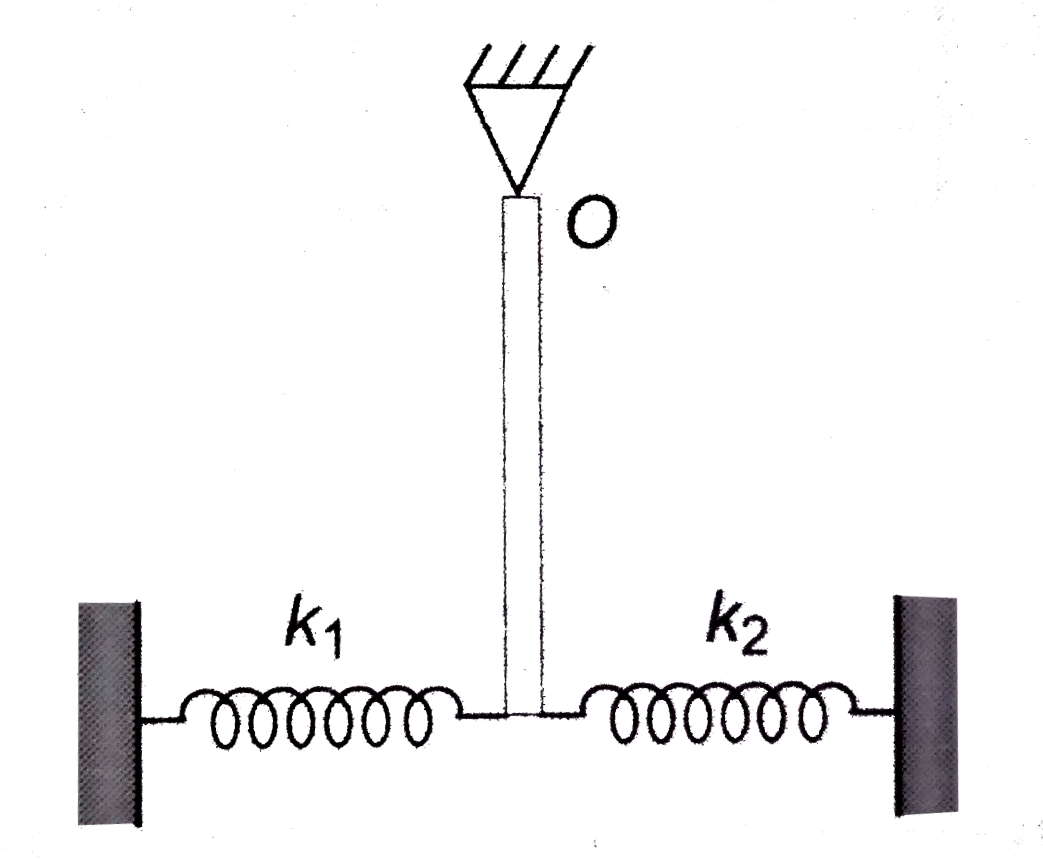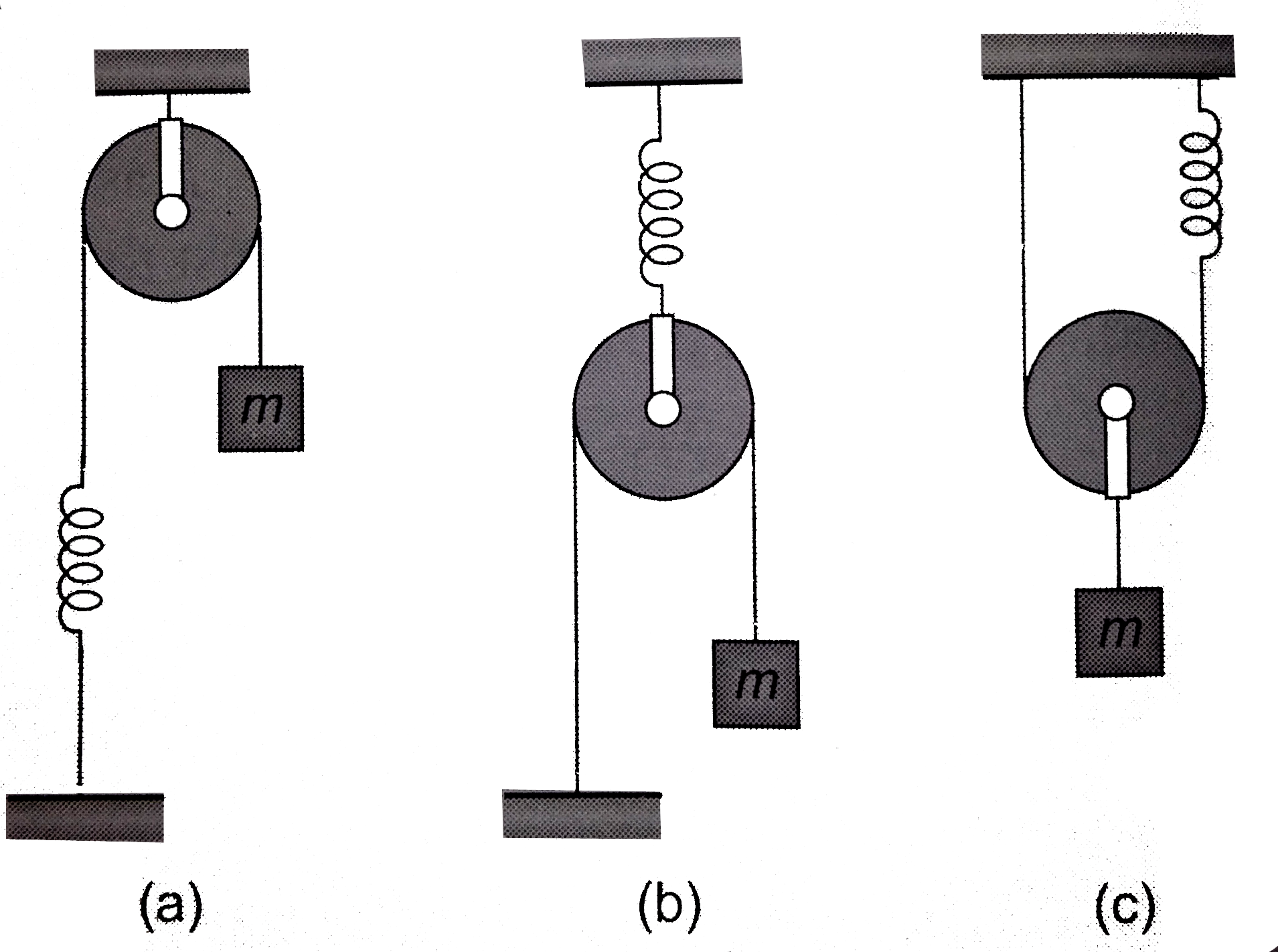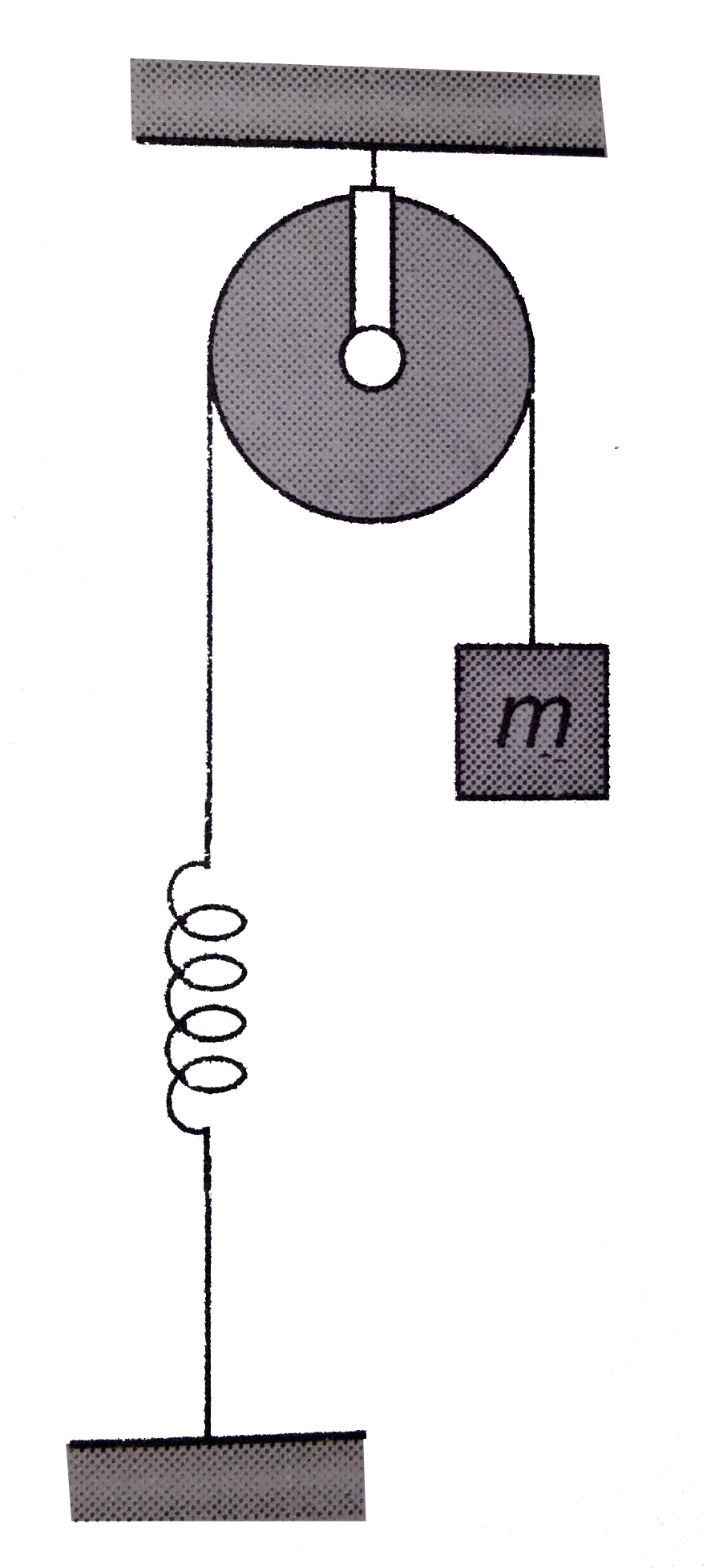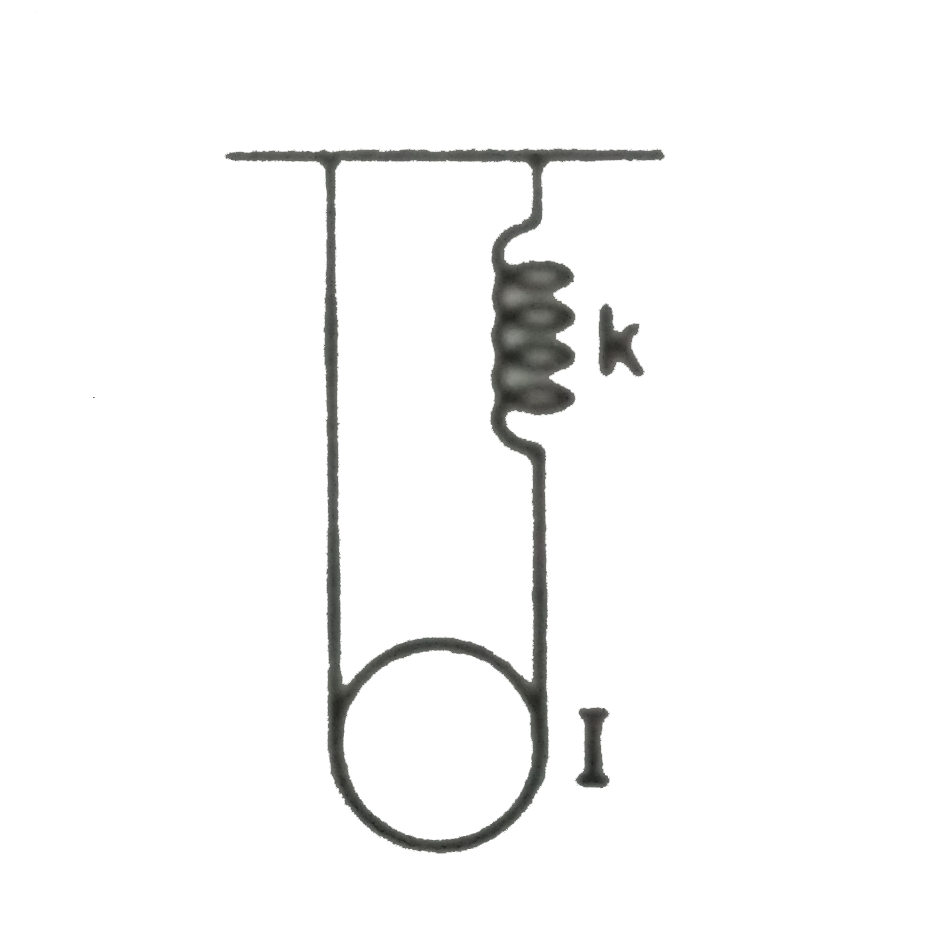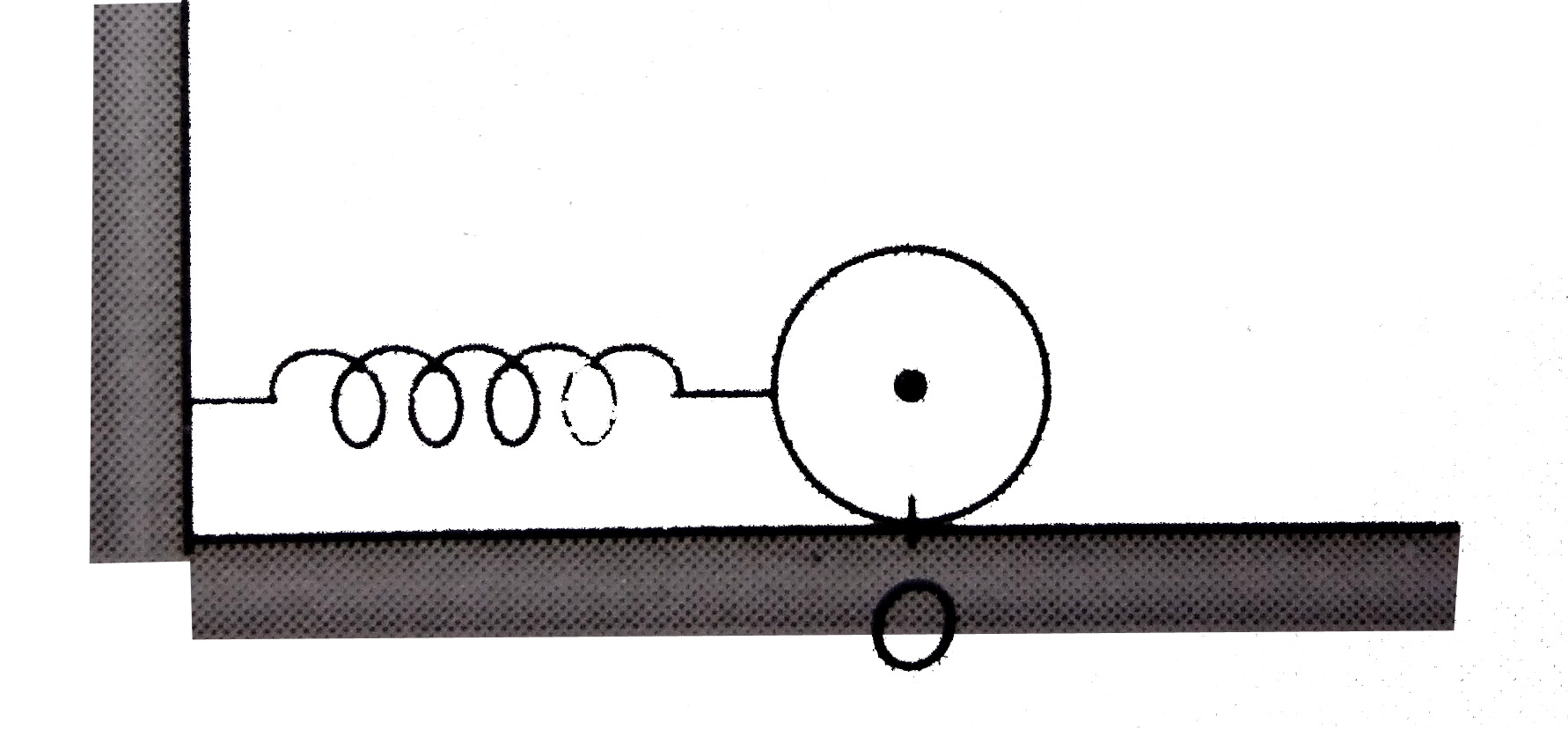Examples from CP SINGH PHYSICS Chapter 16 SIMPLE HARMONIC MOTION for Class 11
| Class 11 | PHYSICS |
| Chapter | SIMPLE HARMONIC MOTION |
| CP SINGH PHYSICS | Examples |
| Medium | English |
| Academic Year | 2023-2024 |
Question 2
(a) A particle executes simple harmonnic motion with an amplitude of 10cm. At what distance from the mean position are the kinetic and potential energies equal?
(b) The maximum speed and acceleration of a particle executing simple harmonic motion are 10m/s and 50cm/s. Find the position(s) of the particle when the speed is 8cm/s. View SolutionQuestion 5
A particle executing simple harmonic motion has angular frequence 6.28s−1 and amplityude 10 cm. Find a the time period, b the maximum speed c. the maximum acceleration d. the speed when thedisplacement is 6 cm from the mean position e. the speed t t=16s assuming that the motion starts from rest t t=0.View SolutionQuestion 9
A simple pendulum of length 40 cm oscillates with an angular amplitude of 0.04 rad. Find a. the time period b. the linear amplitude of the bob, c. The speed of the bob when the strig makes 0.02 rad with the vertical and d. the angular acceleration when the bob is in moemntary rest. Take g=10ms−2.View SolutionQuestion 13
A small block of mass m is kept on a bigger block of mass M which is attached to a vertical spring of spring constant k as shown in the figure. The system oscilates verticaly. a.Find the resultant force on the smaller block when it is displaced through a distance x above its equilibrium position. b. find the normal force on the smaller blok at this position. When is this force smallest smaller block at this position. When is this force smallest in magnitude? c. What can be the maximum amplitude with which the two blocks may oscillate together?
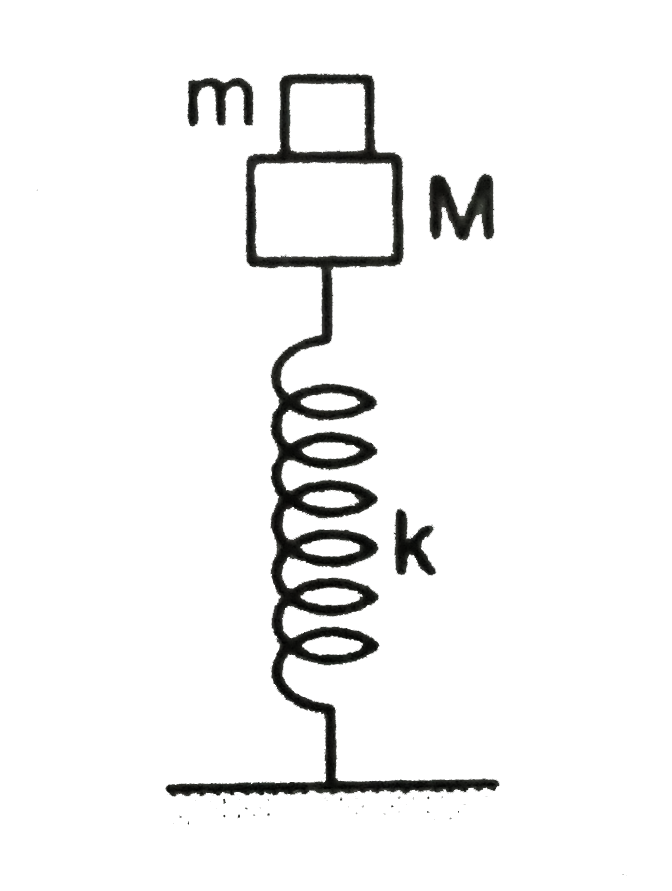 View Solution
View SolutionQuestion 14
The friction coeficeint betweenteh tow blocks shown in figure is μ and the horizontal plance is smooth. A. If the system is slightly diplaced and released find the time period. B. find the magnitude of the frictional force between the blocks when the displacement from the mean position is x. c. What can be the maximum amplitude if the upper block does not slip relative to the lower block? View Solution
View SolutionQuestion 15
The block of mass m1 shown in figure is fastened to the spring and the block of mass m2 is placed asgainst ilt. A. Find the compression of the spring in the equilibrium position. b.The blocks are pushed a further distance (2k)(m1+m2)gsinθ against the spring and released. Find the position where the two blocks separate. c. What is the common speed of blocks at the time of separation?
 View Solution
View SolutionQuestion 16
In figure, k=100N/m,M=1kg and F=10N
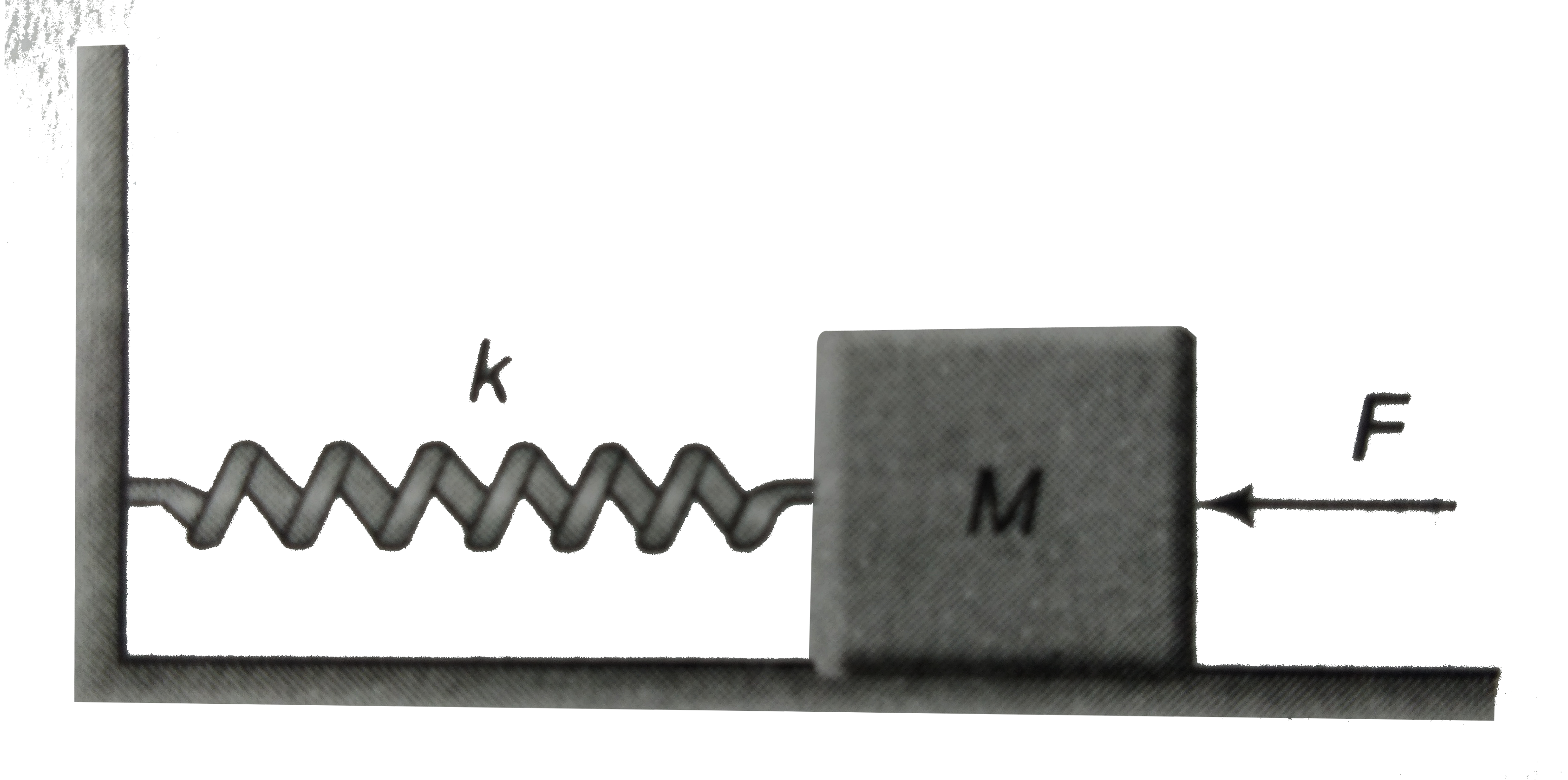
(a) Find the compression of the spring in the equilibrium position
(b) A sharp blow by some external agent imparts a speed of 2m/s to the block towards left. Find the sum of the potential energy of the spring and the kinetic energy of the block at this instant.
(c) Find the time period of the resulting simple harmonic motion.
(d) Find the amplitude.
(e) Write the potential energy of the spring when the block is at the left estreme.
(f) Write the potential energy of the spring when the block is at the right extreme.
The answers of (b), (e) and (f) are different. Explain why this does not violate the principle of conservation of energy ?View SolutionQuestion 20
A horizontal spring block system of mass M executes simple harmonic motion. When the block is passing through its equilibrium position, an object of mass m is put on it and the two move together. Find the new amplitude and frequency of vibration. Given, k is the spring constant of the system. View SolutionQuestion 26
Find the time period of small oscillations of the following systems.
(a) A uniform rod of mass m and length L is suspended through a pin hole at distance L/4 from top as shown.
(b) A ring of mass m and radius r suspended through a point on its periphery.
(c) A uniform disc of mass m and radius r suspended through a point r/2 away from centre.
(d) A uniform square plate of edge a suspended through a corner. View SolutionQuestion 29
A closed circular wire hung on a nail in a wall undergoes small oscillations of amplitude 2∘ and time period 2s. Find a the radius of the circular wire. b. the speed of the particle farthest away from the point of suspension as it goes though its mean position c. the aceleration of this particle as ilt goes through its mean position and extreme position. Take g=π2sms−2View SolutionQuestion 30
(a) A uniform disc of radius 5⋅0cm and mass 200g is fixed at its centre to a metal wire, the other end of which is fixed with a clamp. The hanging disc is rotated about the wire through an angle and is released. If the disc makes torsional oscillations with time period 0.20s, find the torsional constant of the wire.
(b) In the previous part, another disc is placed over the first one and the time period of the system become 0.65. Find the M.I. of the second disc about the wire. View SolutionQuestion 33
Asume that as narrow tunnel is dug between two diametricaly opposite points of the earth. Treat the earth as a solid sphere of uniform density. Show that ilf a particle is relesed in this tunel, ilt wil execute a simple harmonic motion. Calculate the time period of this motion. View SolutionQuestion 35
Assume that a tunnel is dug along a chord of the earth, at a perpendicular distance R/2 from the earth's centre where R is the radius of the earth. The wall of the tunnel is frictionless.
(a) Find the gravitational force exerted by the earth on a particle of mass m placed in the tunnel at a distance x from the centre of the tunnel.
(b) Find the component of this force along the tunnel and perpendicular to the tunnel.
(c) Find the normal force exerted by the wall on the particle.
(d) Find the resultant force on the particles.
(e) Show that the motion of the particle in the tunnel is simple harmonic and find the time period. View SolutionQuestion 36
A uniform plate of mass M stays horizontally symmetrically on two wheels rotating in opposite directions. The separation between the wheels is L. the friction coefficient between each and the plate is μ. Find the time period of oscillation of the plate if it is slightly displaced along its length and released.
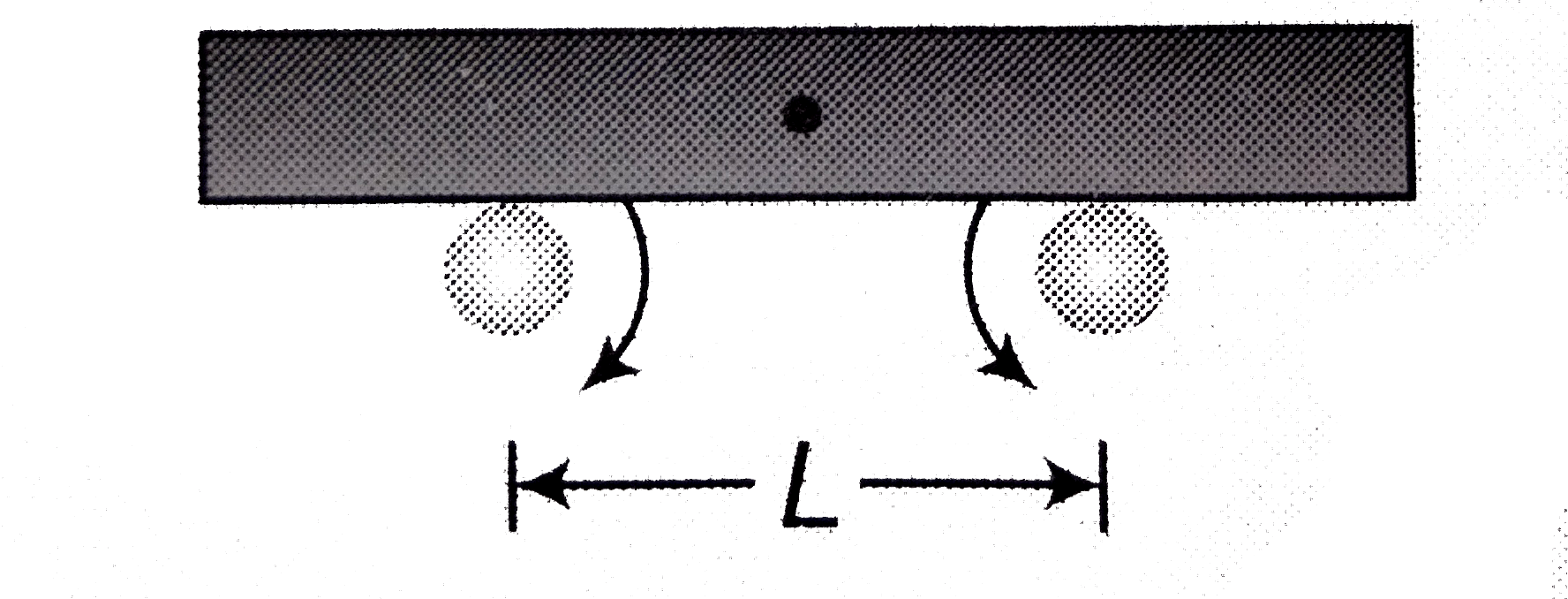 View Solution
View SolutionQuestion 38
(a) A particle is subjected to two SHMs of same time period in the same direction. If A1=6cm, A2=8cm, find the resultant amplitude if the phase difference between the motions is (a) 0∘, (b) 60∘, (c) 90∘ and (d) 120∘.
(b) In the previous problem if A1=A2=a and resultant amplitude is also a, find phase difference between them.
(c) Three SHMs of equal amplitude A and equal time periods in the same direction combine. The phase of the second motion is 120∘ ahead of first and the phase of the third motion is 120∘ ahead of the second. Find the amplitude of the resultant motion. View SolutionQuestion 39
(a) A particle is subjected to two simple harmonic motions
x1=A1sinωt and x2=A2sin(ωt+π/3).
Find (i) the displacement at t=0, (ii) the maximum speed of the particle and (iii) the maximum acceleration of the particle.
(b) A particle is subjected to two simple harmonic motions, one along the x-axis and the other on a line making an angle of 45∘ with the x-axis. The two motions are given by
xy=x0sinωt and s=s0sinωt
Find the amplitude of the resultant motion. View Solution



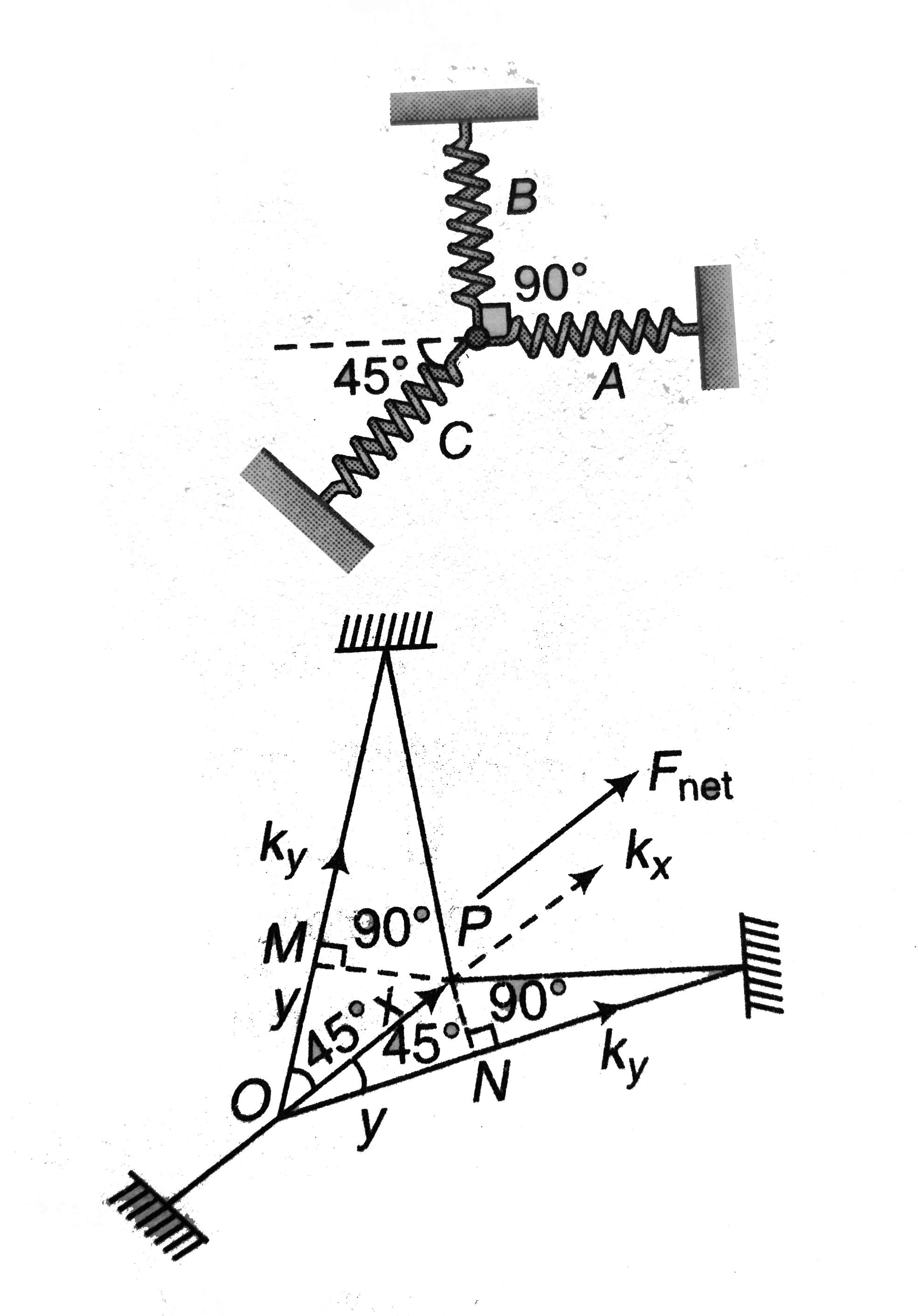 .
. 